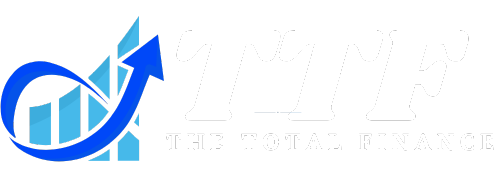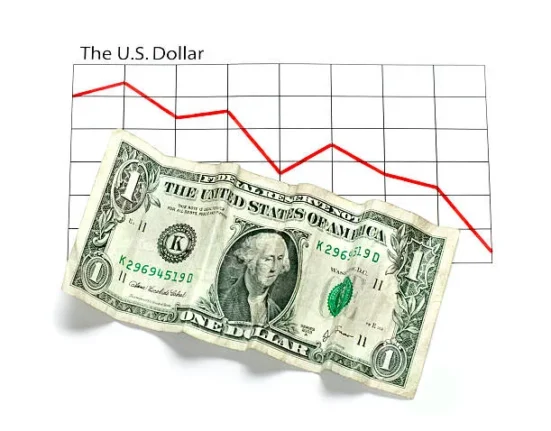On May 12, 2025, the Nasdaq Composite went up 4.4%, surpassing its April 8 low by more than 20% and ending the bear market that started early in April. The rise in the Nasdaq, which is heavily influenced by tech stocks, came because those shares increased a lot. Big companies such as Nvidia, Tesla, and Amazon took the lead, causing the tech stocks to surge, which got the Nasdaq into bull market territory.
What makes this recovery remarkable is that the Nasdaq 100 got rid of its 75-day bear market in just 23 trades, which surprised many investors. The rise in tech shares has been very important for the stock market’s broader rally, helping the S&P 500 add more than 3% on the day with greater confidence across the industry.
The US-China Tariff Deal: Catalyst for Market Optimism
This rise in the market is largely because of the US-China tariff deal, which gives a short pause in the ongoing trade war. In this 90-day pact, the United States trimmed tariffs on Chinese goods from 145% to 30%, and China faded its tariffs to around 10% in response.
The end of this trade war tension has come as a big positive surprise for investors, who thought a truce would take more time. It eases some of the worry that had been hanging over markets, mainly for tech companies that depend on selling and building things internationally. Reducing tariffs lets firms plan their business and investments more easily, which is good news for how much they can earn.
What the Nasdaq Bull Market Means for Investors
The bull market on the Nasdaq is a sign for investors that they are now more likely to buy riskier and growth-focused stocks. Because of the strong rise in tech stocks, not only did the Nasdaq go up, but the S&P 500 also climbed beyond its key 200-day moving average, a common sign of market health.
The rebound is in line with bigger Wall Street shifts, as investors look to equities instead of defensive assets such as gold and Treasury bonds. Signs of a stronger dollar and rising Treasury yields signal that people expect more inflation and a brighter economic future.
It is worth mentioning that the US-China tariff deal is only a short break, not a final solution. Both sides have 90 days to work out a deal, but if they fail, tariffs may be put back in place. Investors need to be careful and look for clues that this stop in the fight could become a longer-term deal.
Broader Market Implications: Beyond the Nasdaq
Even though the Nasdaq is getting much attention, the stock market’s gains are reflected across different indexes. Not only that, but the Dow also came out of its correction phase, gaining a lot like the Nasdaq and S&P 500 did. The rally in many stocks shows that positive sentiment is not limited to tech companies anymore.
The US-China deal has put recession fears on the back burner, after they were very worrying earlier this year. Now that risk is back, investors are interested in buying growth stories and cyclical sectors that had trouble before. The stock market rally may last if economic data goes along with the recovery story.
What Investors Should Watch Going Forward
Keep an eye on certain key things that could affect markets in the next months. First, it is important to see how US-China trade talks develop past the current 90-day agreement. Even small signs of new tensions undo the benefits seen in the Nasdaq’s bull market and the broad markets.
Second, major tech firms will be in the spotlight as their earnings reports show if relief on tariffs makes a difference to earnings and revenue growth. The recent gains in tech stocks make it hard for companies to disappoint investors, who are ready to pounce if those expectations aren’t met.
Also, broader economic signs, such as inflation and policy actions by the Federal Reserve, will greatly impact trends on Wall Street. The fact that Treasury yields and the dollar are rising may mean investors see the Fed being less aggressive with rate cuts, making a difference to how stocks are valued and to investor feeling.
Conclusion
The start of the Nasdaq bull market is important for investors due to both the US-China tariff deal and the new rally in tech stocks. The agreement to pause the trade war is helping investors feel better, with big gains in the S&P 500 and the Dow Jones leaving its correction zone. Though there is much to be optimistic about, investors need to be careful since the current deal on tariffs is not permanent. Prospering in this new bull phase will take careful attention to trade progress, technological earnings, and the latest in economic news.
Overall, the Nasdaq bull market means more than just reaching a technical mark. It means investors feel much better after the easing of trade tensions. For investors in tech and growth stocks, this moment brings good possibilities, but they should also be aware that the future could bring more ups and downs as trade issues develop.








